Search
Remove Ads
Advertisement
Summary 
Loading AI-generated summary based on World History Encyclopedia articles ...
Search Results
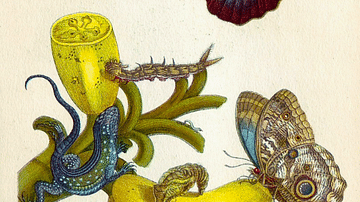
Article
Women Scientists in the Scientific Revolution
Women scientists during the Scientific Revolution (1500-1700) were few in number because male-dominated educational institutions, as well as scientific societies and academies, barred women entry, meaning that few had the education or opportunity...
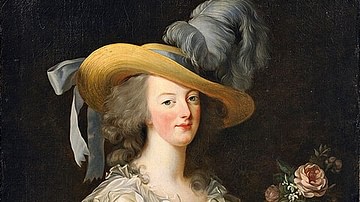
Definition
Marie Antoinette
Marie Antoinette (l. 1755-1793) was the queen of France during the turbulent final years of the Ancien Régime and the subsequent French Revolution (1789-1799). With the ascension of her husband Louis XVI of France (r. 1774-1792), she became...

Definition
Twelfth Night - Shakespeare's Most Festive Play
Twelfth Night, or What You Will is a romantic comedy by William Shakespeare (l. c. 1564-1616), written between 1600 and 1601 and first performed on 2 February 1602. As suggested by the title's allusion to Twelfth Night – the night before...

Video
Hildegard von Bingen: De Sancta Maria - Ave Maria, Responsorium
Blessed Hildegard of Bingen (German: Hildegard von Bingen) (1098 — 17 September 1179), also known as Saint Hildegard, and Sibyl of the Rhine, was a Christian mystic, German Benedictine abbess, visionary, and polymath. Elected a magistra by...
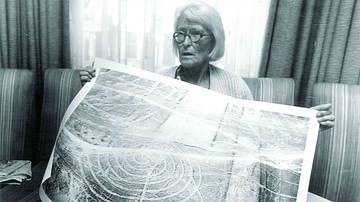
Image
Maria Reiche
Maria Reiche with a large aerial photo of Nazca Lines. She was a German-born Peruvian mathematician and archaeologist best known for her research into the Nazca Lines. Date of photograph is unknown. Image credit: The Maria Reiche Foundation...

Image
Maria Reiche with Paul Kosok
Maria Reiche with Paul Kosok in 1939 CE. Image credit: The Maria Reiche Foundation. Maria Reiche was a German-born Peruvian mathematician and archaeologist best known for her research on the Nazca Lines. Paul Kosok was an American professor...
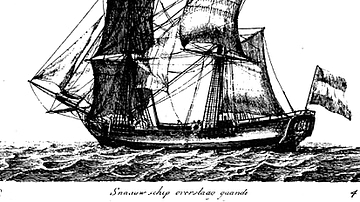
Image
Vrouw Maria
The Vrouw Maria (or Lady Maria) wrecked off the Finnish coast en route from Amsterdam to St. Petersburg in Autumn 1771 CE.
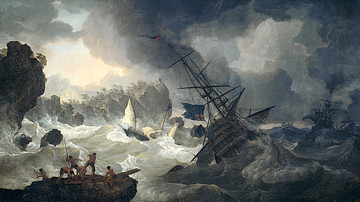
Article
Top 5 'Deep-Dive' Virtual Shipwrecks
According to UNESCO, an estimated three million shipwrecks are scattered in the oceans’ deep canyons, trenches, and coral reefs and remain undiscovered. These shipwrecks preserve historical information and provide clues about how people lived...
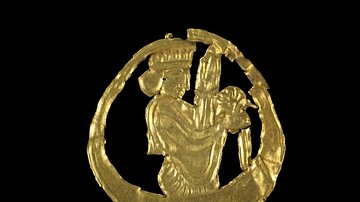
Article
Women in Ancient Persia
Women in ancient Persia were not only highly respected but, in many cases, considered the equals of males. Women could own land, conduct business, received equal pay, could travel freely on their own, and in the case of royal women, hold...

Article
The Nazca Lines: A Life's Work
The World Heritage-listed Nazca lines are a well-known part of the ancient heritage of Peru. One woman spent over 50 years studying and protecting them. Ana Maria Cogorno Mendoza shares the story of Dr Maria Reiche. The lines and geoglyphs...